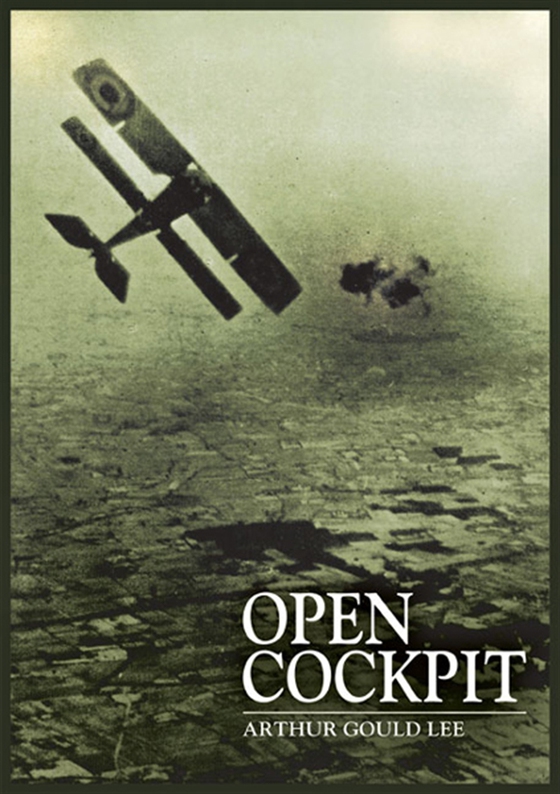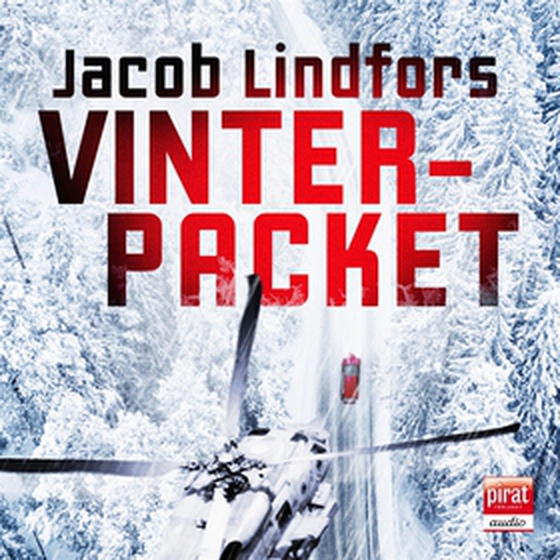
No Parachute e-bok
115 kr
From the young airmen who took their frail machines high above the trenches of World War I and fought their foes in single combat there emerged a renowned company of brilliant aces – among them Ball, Bishop, McCudden, Collishaw and Mannock – whose legendary feats have echoed down half a century. But behind the elite there were, in the Royal Flying Corps, many hundreds of other airm...
E-bok
115 kr
Mer av samma författare
Förlag
Grub Street
Utgiven
16 Februari 2021
Längd
256 sidor
Genrer
Historia & Arkeologi, Samhälle Och Politik, Biografier & Memoarer, Fackböcker
Språk
English
Format
epub
Kopieringsskydd
Vattenmärkt
ISBN
9781909808676
From the young airmen who took their frail machines high above the trenches of World War I and fought their foes in single combat there emerged a renowned company of brilliant aces – among them Ball, Bishop, McCudden, Collishaw and Mannock – whose legendary feats have echoed down half a century. But behind the elite there were, in the Royal Flying Corps, many hundreds of other airmen who flew their hazardous daily sorties in outdated planes without ever achieving fame. Here is the story of one of these unknown flyers – a story based on letters written on the day, hot on the event, which tells of a young pilot’s progress from fledgling to seasoned fighter. His descriptions of air fighting, sometimes against the Richtofen Circus, of breathless dogfights between Sopwith Pup and Albatros, are among the most vivid and immediate to come out of World War I. Gould Lee brilliantly conveys the immediacy of air war, the thrills and the terror, in this honest and timeless account. Rising to the rank of air vice-marshal, Gould Lee never forgot the RFC’s needless sacrifices – and in a trio of trenchant appendices he examines, with the mature judgment of a senior officer of the RAF and a graduate of the Staff and Imperial Defense Colleges, the failure of the Army High Command to provide both efficient airplanes until mid-1917 and parachutes throughout the war, and General Trenchard’s persistence in a costly and largely ineffective conception of the air offensive.
Inga recensioner än






